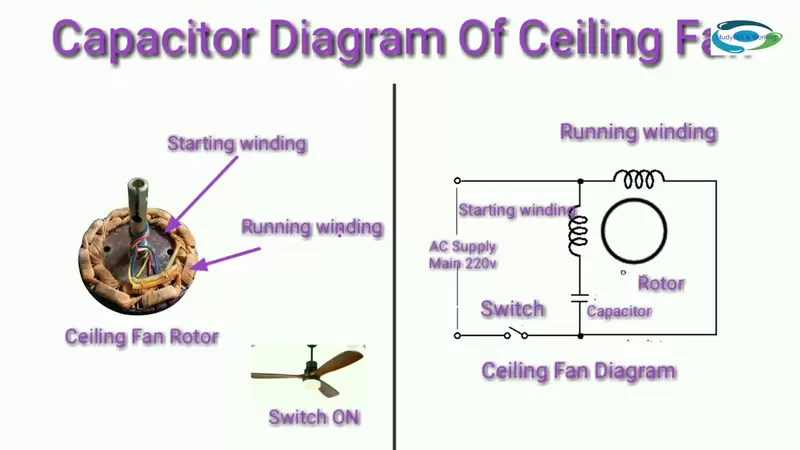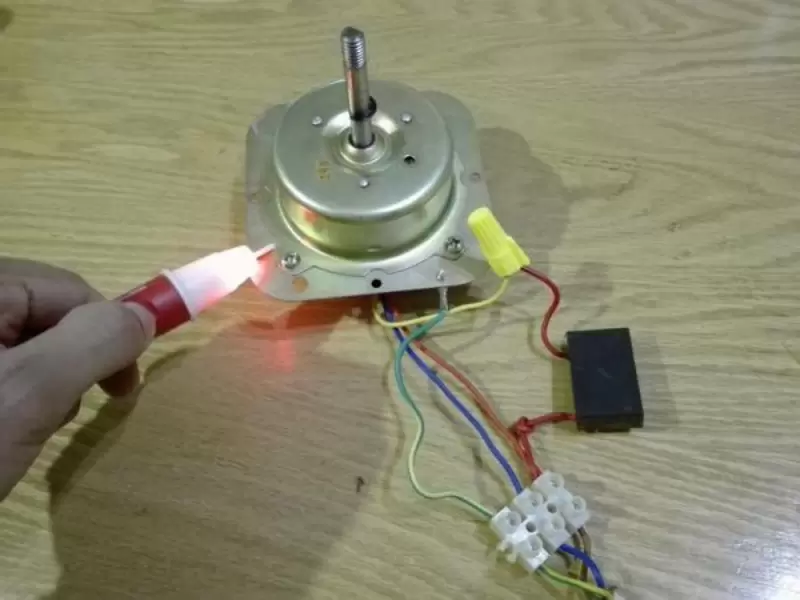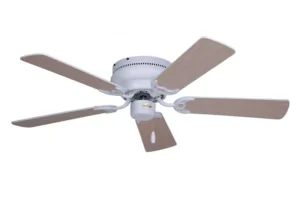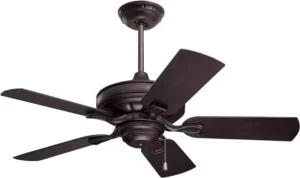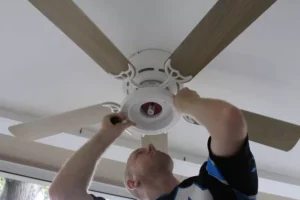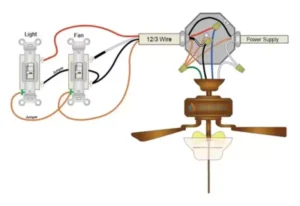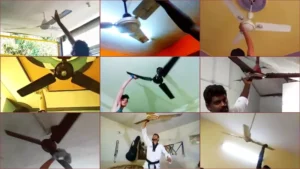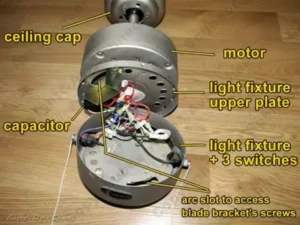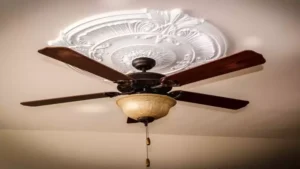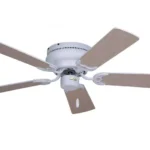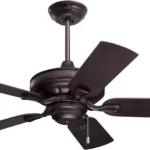How to Determine if Your Ceiling Fan Motor or Capacitor is Faulty
Ceiling fans are a famous and power–green manner to chill and circulate air in houses. however, like all electric appliance, ceiling enthusiasts can revel in troubles through the years. commonplace components that could purpose troubles are the fan motor and the capacitor. In this text, we are able to discuss how to perceive in case your ceiling fan motor or capacitor is defective and what steps you may take to cope with the difficulty.
Signs of a Faulty Ceiling Fan Motor
The fan motor is responsible for spinning the blades of the ceiling fan. If the motor isn’t always functioning well, it may lead to numerous problems. here are a few symptoms that your ceiling fan motor may be defective:
1. The fan may not begin even though the AC is on. If you switch to your ceiling fan however it fails to start spinning, it could suggest a problem with the motor .
2. The fan may not stop, even whilst you close off the AC. If the fan maintains to run even after you have grew to become off the air conditioning, it may be a signal of a faulty motor .
3. The fan blades are rotating very slowly. If the blades of your ceiling fan are transferring at a extensively slower speed than common, it is able to imply a motor issue .
4. there is a damn noise coming from the fan while it is grew to become on. unusual noises, which includes rattling or grinding sounds, may be a sign of motor issues .
Signs of a Faulty Ceiling Fan Capacitor
The capacitor is a small electronic aspect that provides the initial strength boost to start the fan motor. If the capacitor is defective, it is able to motive the motor to malfunction. right here are some symptoms that your ceiling fan capacitor may be faulty:
1. The fan would not begin or struggles to start. if you word that your ceiling fan is having problem starting or would not start at all, it may be due to a defective capacitor .
2. The fan blades spin irregularly or at one-of-a-kind speeds. A malfunctioning capacitor can reason the fan blades to spin inconsistently or at inconsistent speeds .
3. The fan motor hums but does not spin. if you pay attention a buzzing sound coming from the fan motor but the blades do not spin, it may suggest a capacitor trouble .
4. The capacitor seems swollen or broken. Visually investigate the capacitor for any signs of swelling, leakage, or bodily damage. A swollen or damaged capacitor is probable defective and needs to get replaced .
How to Test the Ceiling Fan Motor and Capacitor
In case you suspect that both the fan motor or the capacitor is defective, there are some steps you could take to check them. however, it’s vital to exercise warning whilst running with electrical components. if you‘re no longer relaxed or skilled with electric paintings, it is first-rate to consult a professional electrician. here is a general manual on how to test the ceiling fan motor and capacitor:
Testing the Fan Motor
1. Turn off the electricity. Before appearing any checks, ensure to show off the energy to the ceiling fan on the circuit breaker.
2. Get rid of the housing cowl. Use a screwdriver to put off the housing cowl on the ceiling fan, exposing the electrical wiring interior .
3. Check for unfastened wires. Look into the wiring connections to ensure there are not any free or disconnected wires that could be inflicting the problem .
4. Use a circuit tester. With the strength still off, use a circuit tester to test if the fan motor is receiving energy. If there is no energy, it indicates a wiring problem that desires to be addressed .
5. Look at close by wires. Search for any symptoms of harm or frayed wiring close to the fan motor. if you discover any, recall replacing the broken wiring for an extended–time period answer .
6. Test the motor shaft. Make sure that there are not any obstructions or wiring interfering with the motor shaft’s motion. clean away any particles or wiring that may be obstructing the motor .
Testing the Capacitor
1. Flip off the energy. As with testing the fan motor, always flip off the electricity to the ceiling fan on the circuit breaker before running at the capacitor.
2. Discharge the capacitor. To safely take a look at the capacitor, use a screwdriver with an insulated handle to discharge any stored electric charge by way of bridging the terminals .
3. Use a capacitor tester. As soon as the capacitor is discharged, use a capacitor tester to degree the microfarad studying. examine the analyzing to the rated capacitance at the capacitor. If the studying is substantially exclusive, it suggests a defective capacitor that needs to be replaced .
Conclusion
Figuring out whether or not your ceiling fan motor or capacitor is defective is essential in resolving any issues along with your fan’s overall performance. by means of recognizing the signs and symptoms of a defective motor# how to decide in case your Ceiling Fan Motor or Capacitor is horrific

